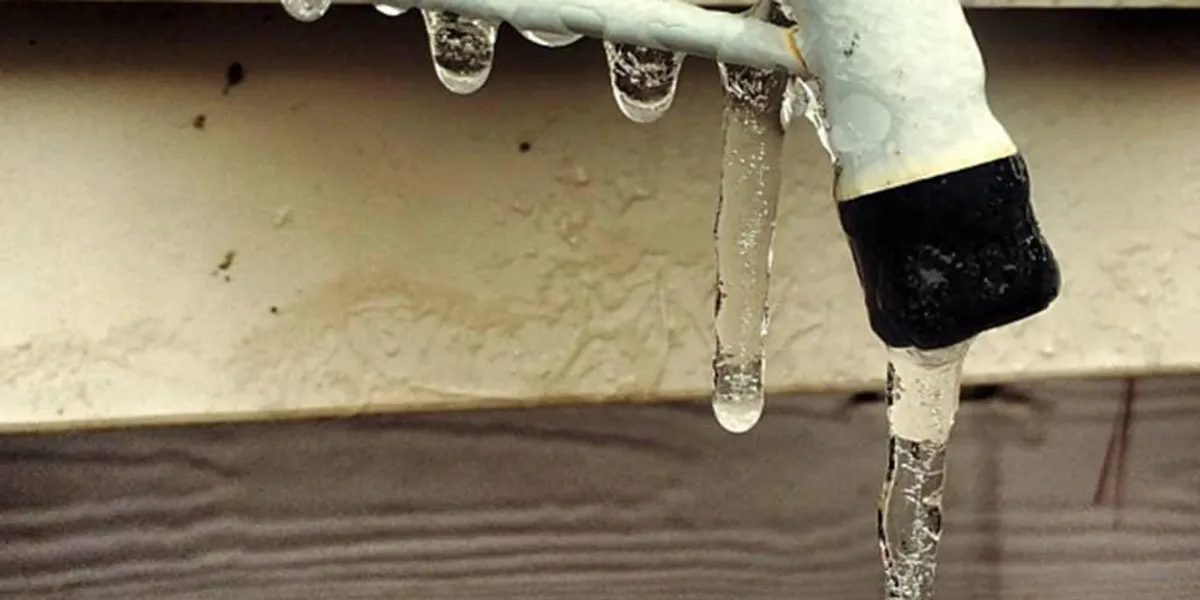What're your ideas concerning Prevent Frozen Pipes ?

Cold weather can wreak havoc on your pipes, especially by freezing pipes. Below's exactly how to prevent it from happening and what to do if it does.
Intro
As temperatures decline, the danger of icy pipes boosts, potentially leading to pricey fixings and water damages. Comprehending how to stop frozen pipes is crucial for property owners in chilly climates.
Avoidance Tips
Protecting at risk pipes
Wrap pipelines in insulation sleeves or make use of warmth tape to safeguard them from freezing temperature levels. Concentrate on pipes in unheated or external areas of the home.
Home heating techniques
Keep indoor rooms sufficiently heated up, especially locations with plumbing. Open cupboard doors to permit cozy air to flow around pipes under sinks.
Just how to identify icy pipelines
Try to find decreased water flow from faucets, uncommon smells or noises from pipes, and visible frost on subjected pipes.
Long-Term Solutions
Architectural changes
Consider rerouting pipes away from outside wall surfaces or unheated locations. Add extra insulation to attics, cellars, and crawl spaces.
Upgrading insulation
Buy top notch insulation for pipes, attic rooms, and wall surfaces. Appropriate insulation assists keep consistent temperature levels and minimizes the risk of icy pipelines.
Shielding Exterior Plumbing
Garden hose pipes and outside faucets
Disconnect and drain pipes garden hose pipes prior to winter months. Set up frost-proof spigots or cover outside faucets with shielded caps.
Understanding Icy Pipes
What creates pipes to ice up?
Pipes freeze when subjected to temperature levels below 32 ° F (0 ° C) for expanded durations. As water inside the pipelines freezes, it expands, putting pressure on the pipeline wall surfaces and possibly creating them to rupture.
Threats and problems
Icy pipelines can lead to water system disturbances, home damage, and pricey repairs. Ruptured pipelines can flooding homes and create substantial structural damages.
Indicators of Frozen Pipes
Determining icy pipelines early can prevent them from rupturing.
What to Do If Your Pipelines Freeze
Immediate actions to take
If you presume icy pipes, maintain taps available to alleviate stress as the ice thaws. Use a hairdryer or towels soaked in hot water to thaw pipelines slowly.
Conclusion
Preventing frozen pipes calls for aggressive procedures and fast reactions. By understanding the reasons, indicators, and preventive measures, homeowners can protect their pipes throughout winter.
5 Ways to Prevent Frozen Pipes
Drain Outdoor Faucets and Disconnect Hoses
First, close the shut-off valve that controls the flow of water in the pipe to your outdoor faucet. Then, head outside to disconnect and drain your hose and open the outdoor faucet to allow the water to completely drain out of the line. Turn off the faucet when done. Finally, head back to the shut-off valve and drain the remaining water inside the pipe into a bucket or container. Additionally, if you have a home irrigation system, you should consider hiring an expert to clear the system of water each year.
Insulate Pipes
One of the best and most cost-effective methods for preventing frozen water pipes is to wrap your pipes with insulation. This is especially important for areas in your home that aren’t exposed to heat, such as an attic. We suggest using foam sleeves, which can typically be found at your local hardware store.
Keep Heat Running at 65
Your pipes are located inside your walls, and the temperature there is much colder than the rest of the house. To prevent your pipes from freezing, The Insurance Information Institute suggests that you keep your home heated to at least 65 degrees, even when traveling. You may want to invest in smart devices that can keep an eye on the temperature in your home while you’re away.
Leave Water Dripping
Moving water — even a small trickle — can prevent ice from forming inside your pipes. When freezing temps are imminent, start a drip of water from all faucets that serve exposed pipes. Leaving a few faucets running will also help relieve pressure inside the pipes and help prevent a rupture if the water inside freezes.
Open Cupboard Doors
Warm your kitchen and bathroom pipes by opening cupboards and vanities. You should also leave your interior doors ajar to help warm air circulate evenly throughout your home.

We hope you liked our part on How To Avoid Freezing Pipes. Many thanks for finding the time to read through our short article. You should take the time to promote this content if you enjoyed reading it. I praise you for being here. Come back soon.
Click Here
Comments on “Important Advice to Prevent Frozen Plumbing in Winter”